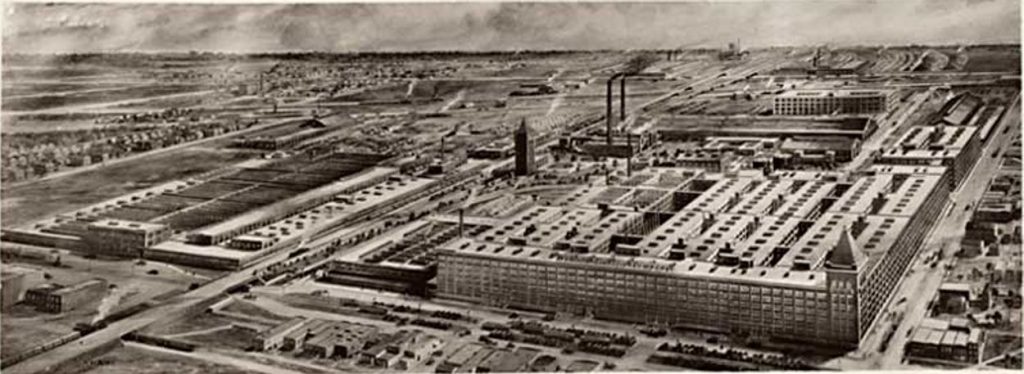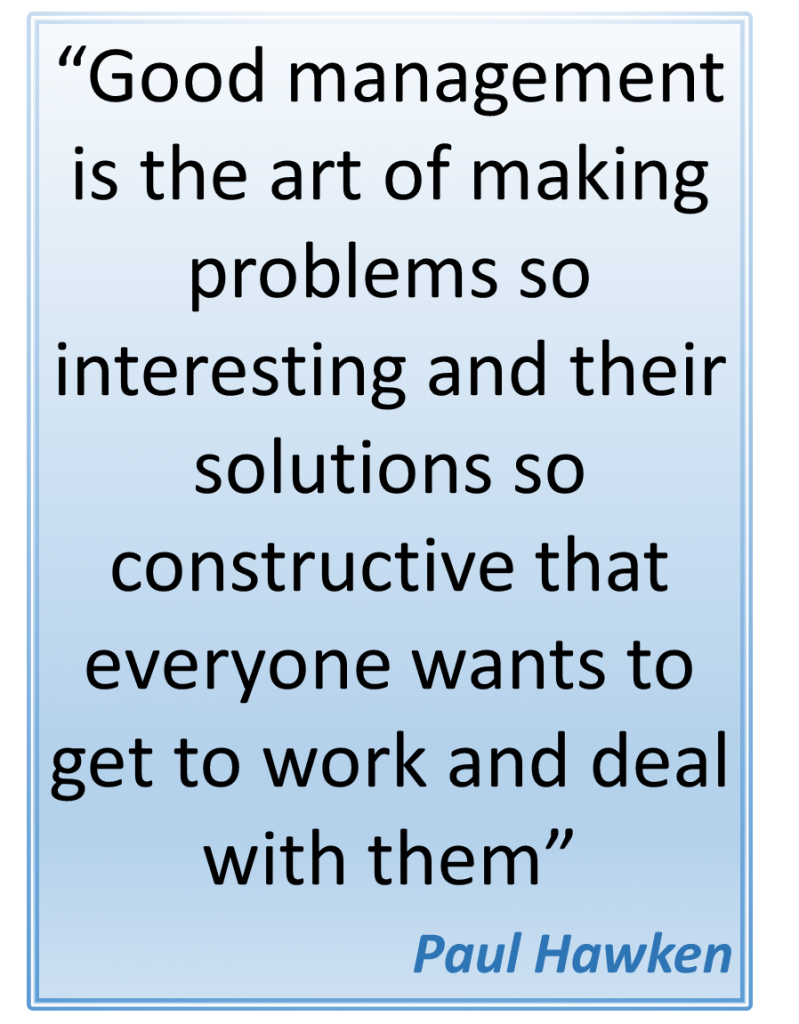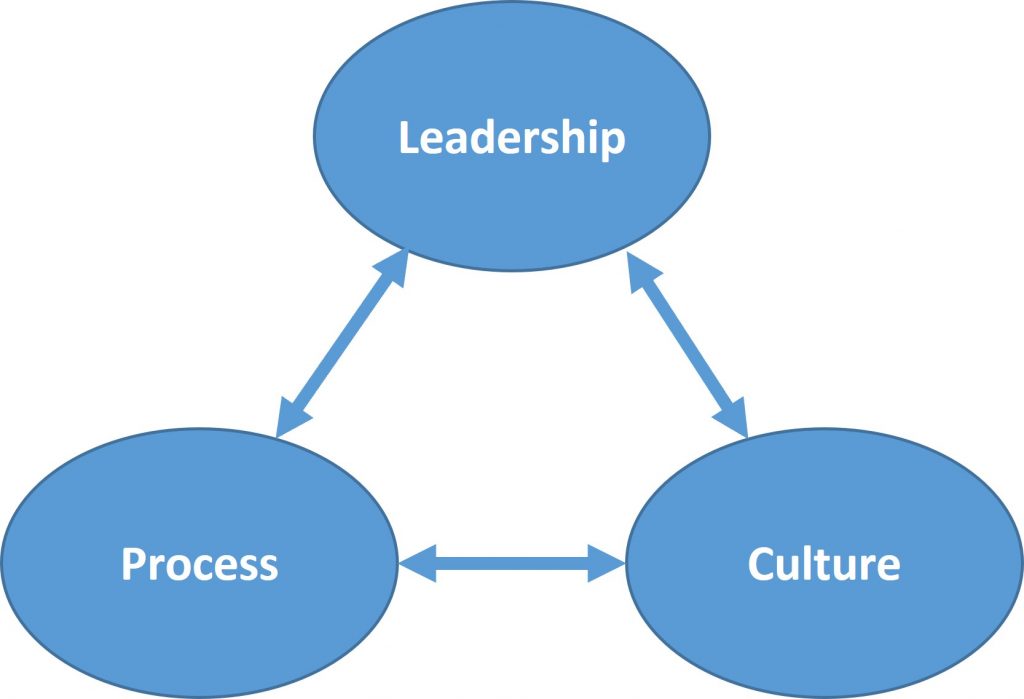Safety leadership
Leadership vs management
| Good managers control complexity | Good leaders influence people |
|---|---|
| Effectively allocate and manage resources | Inspire people to participate and do their best |
| Process and disseminate information | Build drive, intensity and purpose in tasking |
| Ensure personnel are trained and capable | Create esprit de corps and lift morale |
| Good leaders and good managers are not mutually exclusive; but one does not necessarily guarantee the other. | |
Consider the confidence vs competence scale to the right. Think about your current workplace:
- Where would you ideally want your workmates, colleagues and subordinates to sit on the confidence vs competence scale?
- In reality, where do your colleagues and workmates actually sit on the scale?
- What action plan can you enact to move them along the desired progress line?
- Are there any restrictions or barriers to progress in either competence or confidence?
- What can be done for those above or below the desired line?
- What are the ideal pairings for the most effective, efficient and safe workplace?
- Exercise


Culture is where values match behaviours
Leadership traits and principles
Traits – ‘A good leader is someone who is…’? (What are their qualities?)
Principles – ‘A good leader is someone who always…’? (What behaviours do they demonstrate?)
What is visible leadership action?:
- Lead by example
- ‘Walk the walk’
- BBWA
- Demonstrating commitment to SMS component 1
- Other?

Leadership and ‘followship’
Safety Leadership is an important concept, so is safety ‘Followship’. Support for leaders provides momentum in the right direction (and potentially the wrong direction). When positive safety impetus is achieved, the safety culture is follows the same direction.
An effective SMS?
However it is represented, the correct balance of Leadership, Process and Culture is the key to an effective SMS.
Climbing the safety culture ladder

Accidents happen because of poor safety culture. Poor safety culture is defined by the leadership that allows it. Dangerous behaviour results in accidents. Examples include, the Texas city oil refinery explosion, the Deep Water Horizon disaster and the space Shuttle failures.
Absence of evidence is not evidence of absence.
The outcome of positive culture has the opposite effect. Examples include the Miracle on The Hudson and QF32.
To climb the safety culture ladder, leadership must define where they are now; where they want to be; unconditionally support the process to get there.
Safety Leadership
Management required to influence a positive safety culture relies upon:
- Leadership that is willing to make the difficult decisions
- Demonstrating respect for all personnel
- Encouraging an informed workforce to report with honesty and transparency
- Promoting a Fair and Just Culture where reporters are protected
- Supporting a mindful workforce that is ready and willing to maintain ‘chronic unease’ (‘respectful distrust’)
- Harvesting a learning workforce that is willing to adapt.

An organisation that is flexible and reliable is proven to be more efficient and profitable.
Safety Leadership, at all levels, is what gives Vitality to the safety system.
Watch the video below and note three takeaway messages from Professor Patrick Hudson who pioneered many of the modern safety culture and leadership concepts used today.
Verifiable compliance
What is ‘verifiable compliance’ and why is it important to management?
Management need to implement a fair and just culture. Remaining within limits is more effective than the threat of punitive action for going outside them.
Why do we feel comfortable walking a line on the ground, but potentially petrified walking a single brick wall 20 feet up? It is after all, the same physical task.
The difference is perception.
On the ground, all we need to do is remain within limits, and we feel comfortable and safe. But when up high, we are afraid of the consequences of going outside limits.
The same applies collectively. For example, we may be happy to form a ‘Congo line’ and feel safe when on the ground. However, lift the Congo line up high and comfort levels significantly change. The sense of comfort of working as a team is lost.


Fair and just culture keeps people grounded, blame culture leaves them high up and exposed.
The difficult questions are:
- Would you feel comfortable reporting a serious personal mistake made at work?
- If no one knew about it, and there were no consequences, would you even report it?
- What is the level of trust in reporting mistakes with potentially catastrophic consequences?
- Does management view mistakes as data rich opportunities, or falling standards?
- When mistakes are made, are systemic failings and HF context considered?


